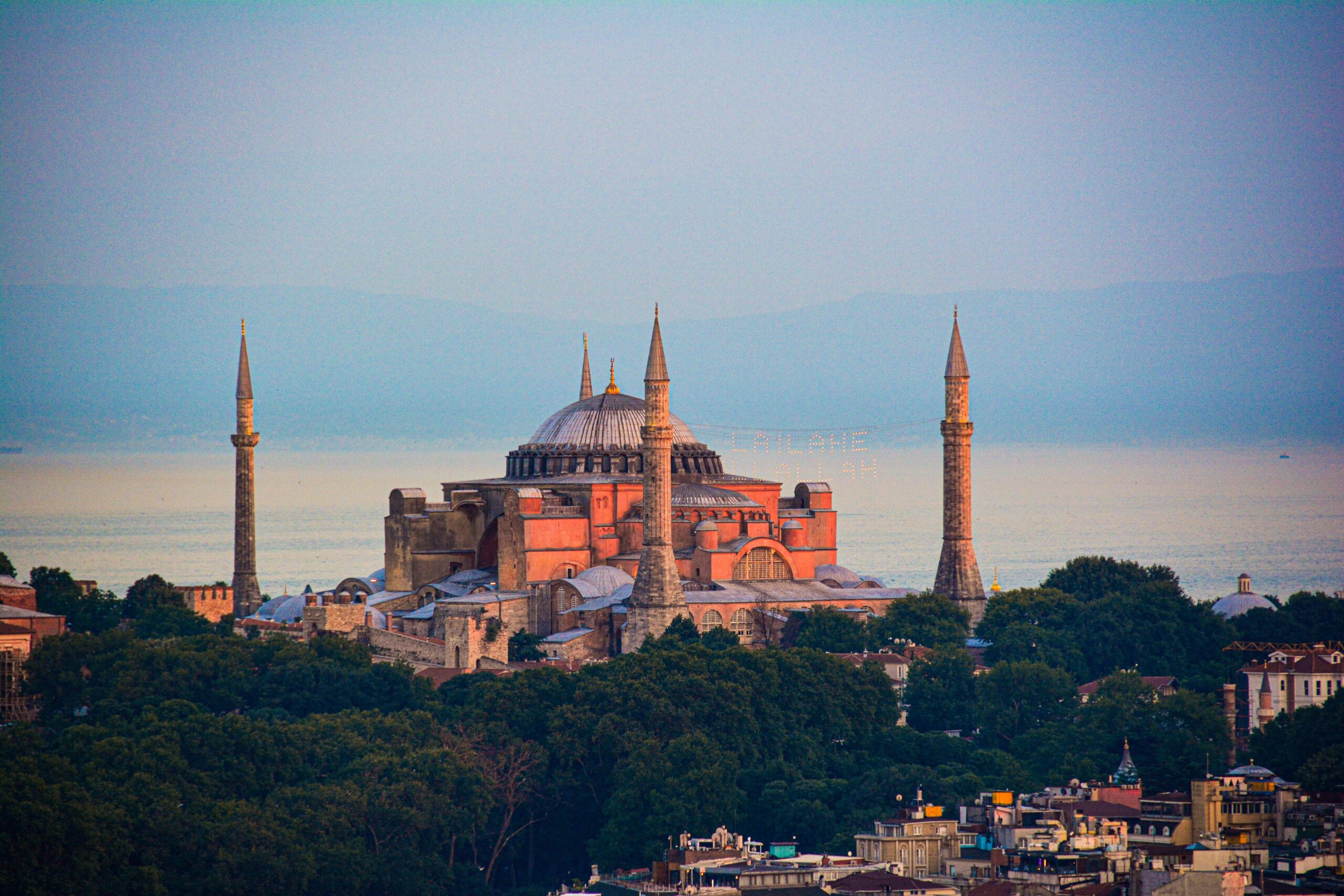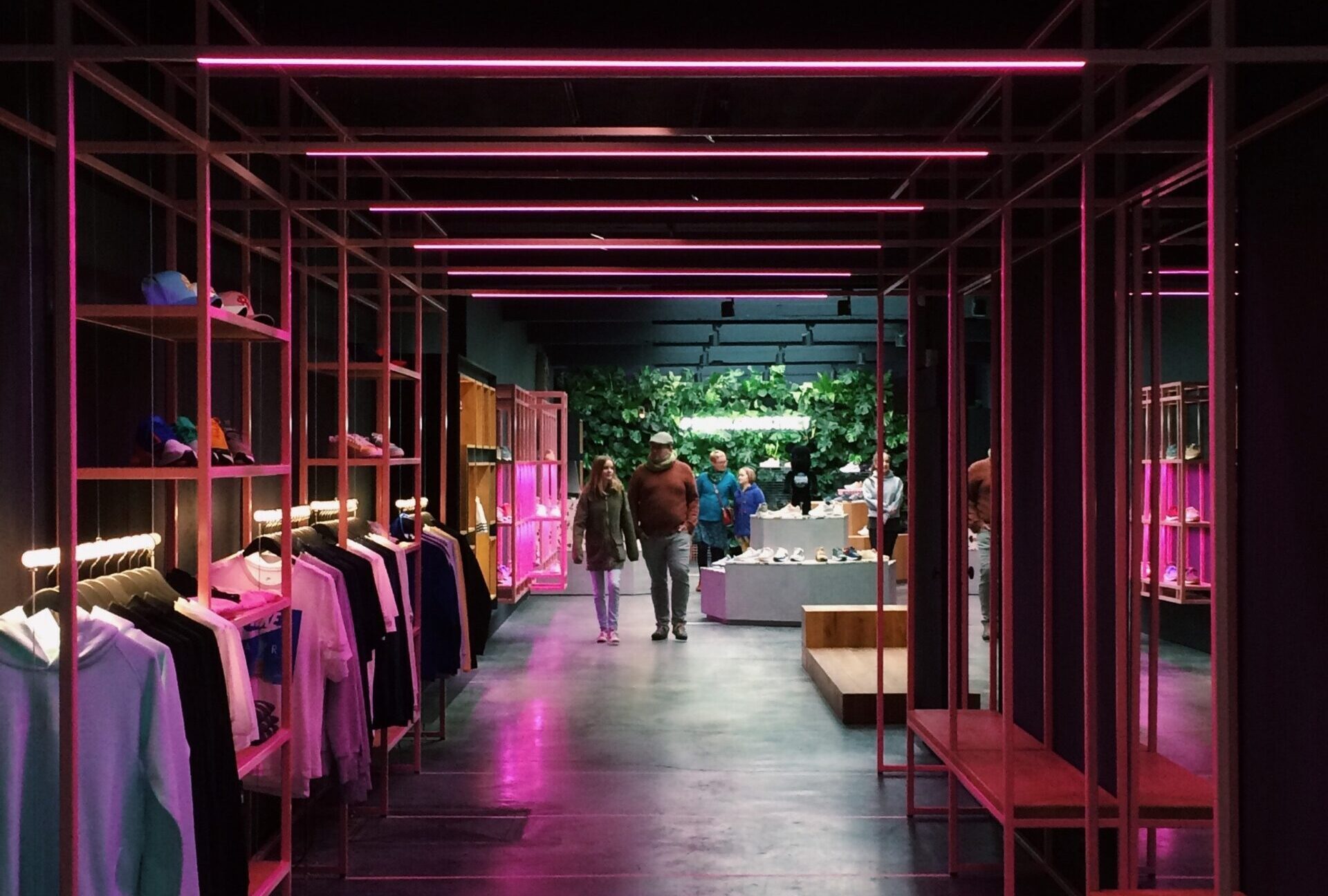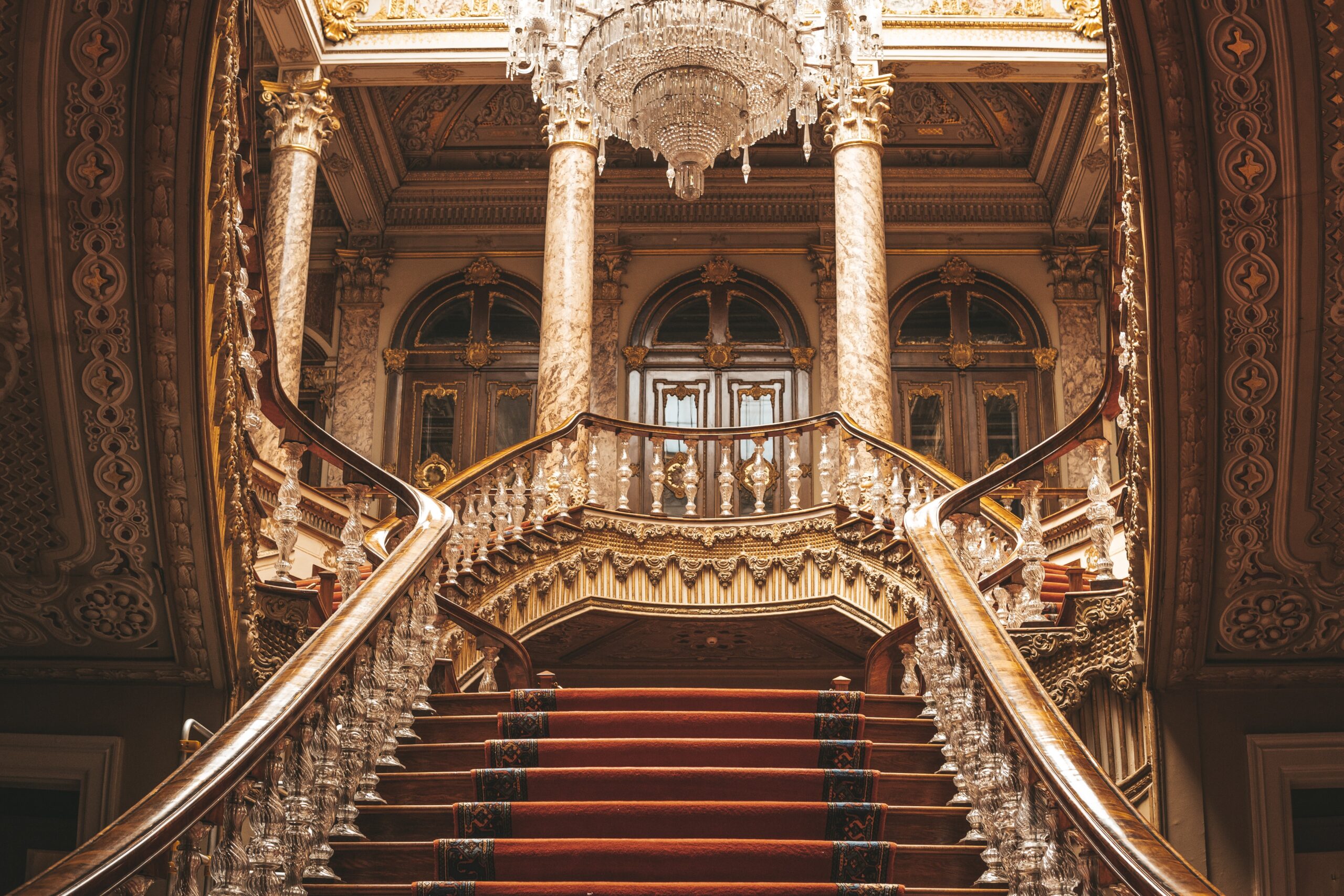Hagia Sophia was the largest cathedral in the world for a thousand years. This incredible structure is also the symbol of the Conquest of Constantinople. Hagia Sophia is where Christian and Islamic symbolism and art meet each other. Hagia Sophia is one of the most important historical sites in Turkey, hands-down the most visited tourist destination in Turkey. 13.7 million people visited Hagia Sophia in 2022.
Why is Hagia Sophia So Famous and Why You Should Visit It Too
It’s Incredible History
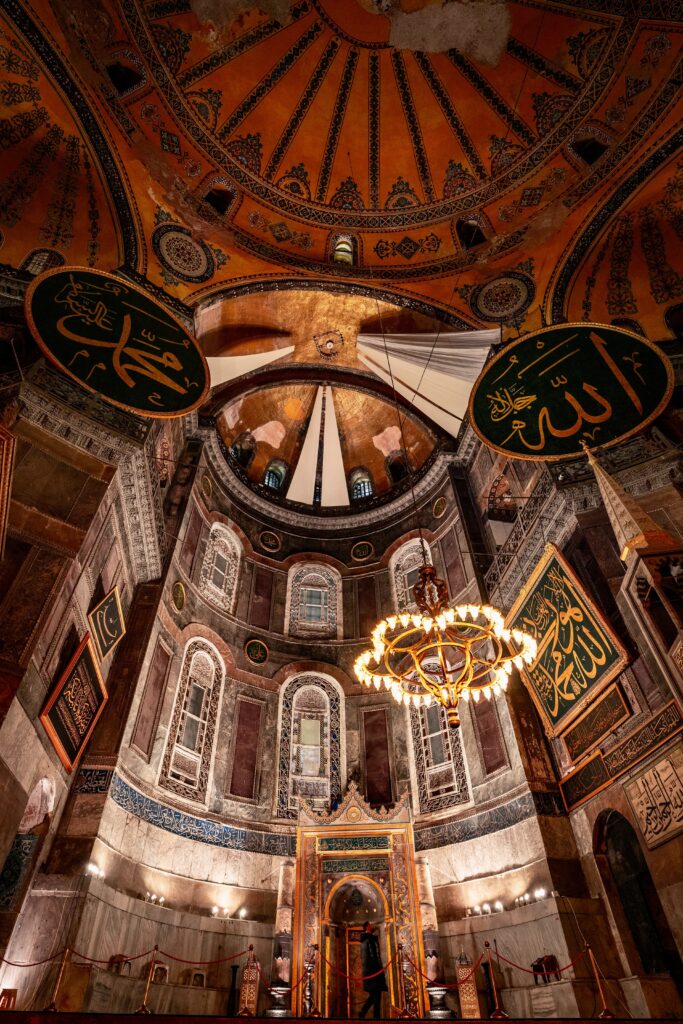
Built almost 1500 years ago, in 537, Hagia Sophia was the world’s largest cathedral when it was built. Until the construction of Seville Cathedral, Hagia Sophia kept its rank as the largest temple on the planet. Considering Seville Cathedral was built in the 16th century, Hagia Sophia was the largest for almost 1000 years. Hagia Sophia also had the largest pendentive dome in the world until St. Peter’s Basilica in the 17th century.
After the most devastating rebellion in the city’s history, the Nika riots, Emperor Justinian I decided to build an even better, more enormous, magnificent cathedral on top of the ruins of the destroyed cathedral. The Byzantines constructed Hagia Sophia in a miraculously short amount of time, only 5 years and 10 months. Finally, Hagia Sophia opened its gates to the people of Constantinople on the 27th of December, 537. As Constantinople’s main cathedral, Hagia Sophia was the center of Orthodox Christianity. Moreover, the cathedral was where royal ceremonies such as coronations took place for hundreds of years.
After serving as a cathedral for almost a millennium, history changed forever in 1453. Upon the conquest of Constantinople, Sultan Mehmet II turned Hagia Sophia into a mosque. After its conversion to a mosque, the Ottomans covered the paintings and mosaics inside the building with plaster. The Ottomans also made some interior and exterior changes. Ottomans added minaret towers to Hagia Sophia, and architect Sinan added buttresses outside the building. The buttresses were to make the building more durable against earthquakes. Eventually, the Ottomans built five tombs in the Hagia Sophia complex for sultans. The sultan’s tombs reflect Ottoman ceramic art at its peak with stunning 16th-century ceramic tiles.
The Ottomans also added a mihrab, a minbar, a platform for muezzin, and a praying balcony for the Ottoman Sultan. In the 19th century, Ottomans installed eight massive calligraphy panels inside Hagia Sophia.
Hagia Sophia was later converted into a museum in 1935 and re-converted into a mosque in 2020. Today it is an active mosque and the most visited historical site in Turkey and Istanbul.
The Magnetic Beauty of Hagia Sophia
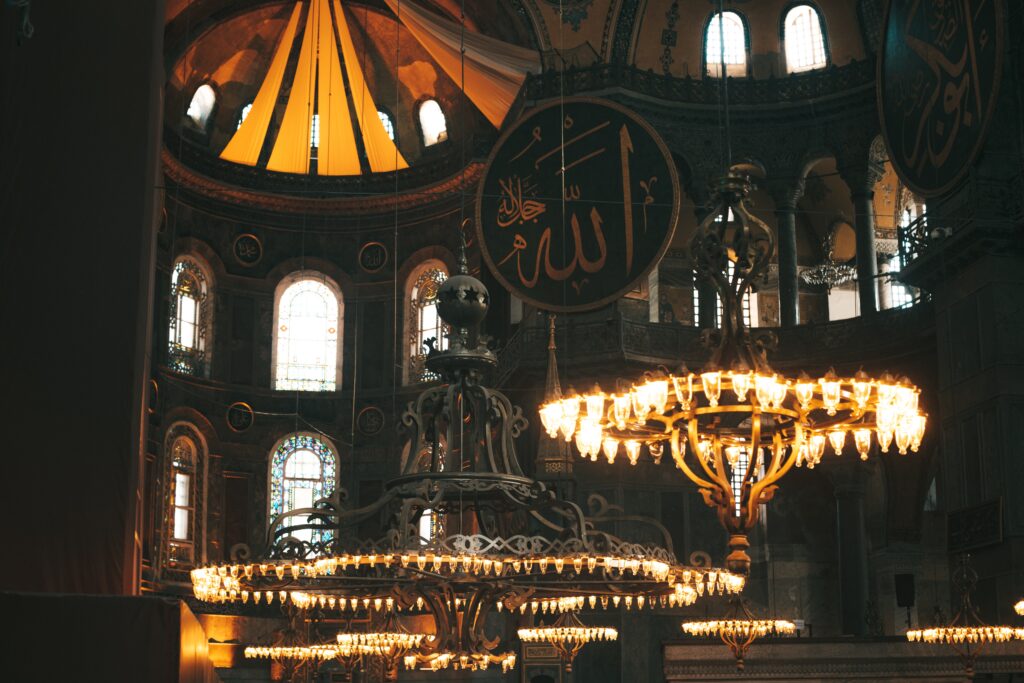
There is something special about seeing Hagia Sophia for the first time. The massive dome hanging from 55 meters above, 8 of its giant marble columns from the famous Artemis Temple of Ephesus, the marble wall decorations with symmetric shapes, the sheer size of its interior, crosses on the ceilings, mosaics, and frescos on the walls, seraphim angels looking down at you from the pendentives of the dome, beautiful Ottoman chandeliers illuminating the hall, giant Islamic calligraphy panels with golden color writings, the elegant marble mihrab and minbar… Knowing that this spectacular building was completed almost 1500 years ago in less than six years… The whole experience is just breathtaking. Being in such an incredible ancient site with a rich history has a unique feel. It is hard to describe with words, and you should experience it firsthand.
Where Christian Art Meets Islamic Calligraphy
Hagia Sophia isn’t only known for its colossal size and antiquity, but it is also famous for its interior art. It is one of the few temples in the world where symbolism and art from more than one religion are under the same roof. Hagia Sophia has stunning Christian mosaics and frescos from the Byzantine era. At the same time, it has beautiful Islamic calligraphy on its walls and inside its dome. This kind of combination only exists in a handful of places worldwide. Christian art and Islamic calligraphy together under one giant dome. Another example is the elegant contrast in the interior and exterior structures. On the one hand, you have angels and Virgin Mary with Jesus fresco on the walls and pendentives. At the same time, Islamic calligraphy and Ottoman stonemasonry are all under the same roof.
Conclusion
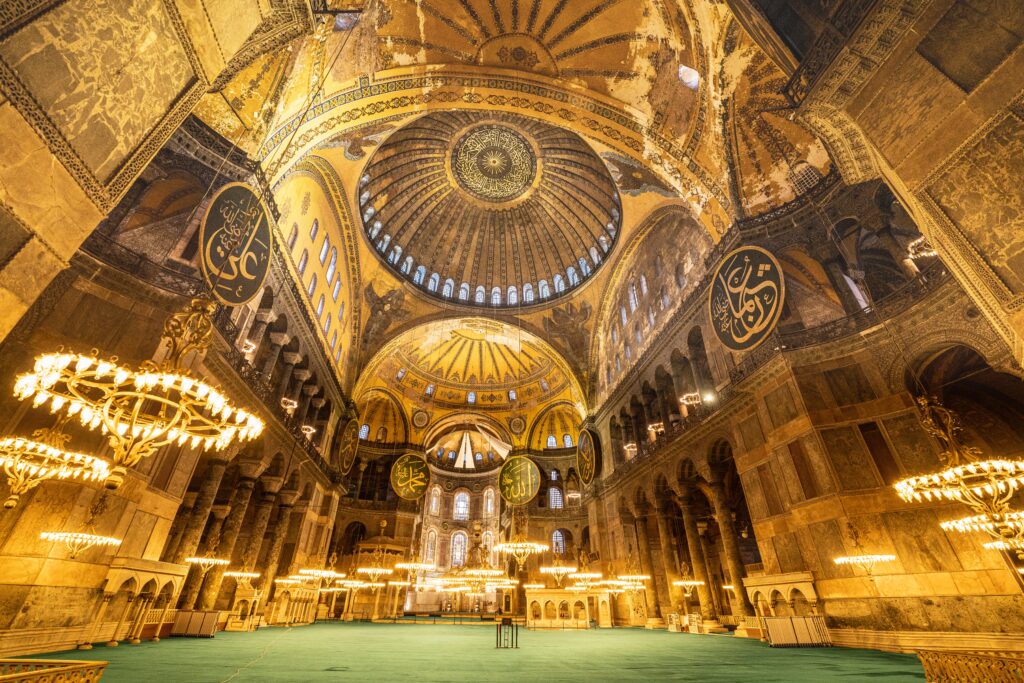
With 1500 years of history, architectural superiority, Byzantine mosaic and fresco art, Ottoman calligraphy and architectural additions, and symbolic elements from two different religions all coming together under one giant dome, Hagia Sophia is a must-see destination for everyone who visits Istanbul. It’s truly a masterpiece and a living wonder from a distant past.

